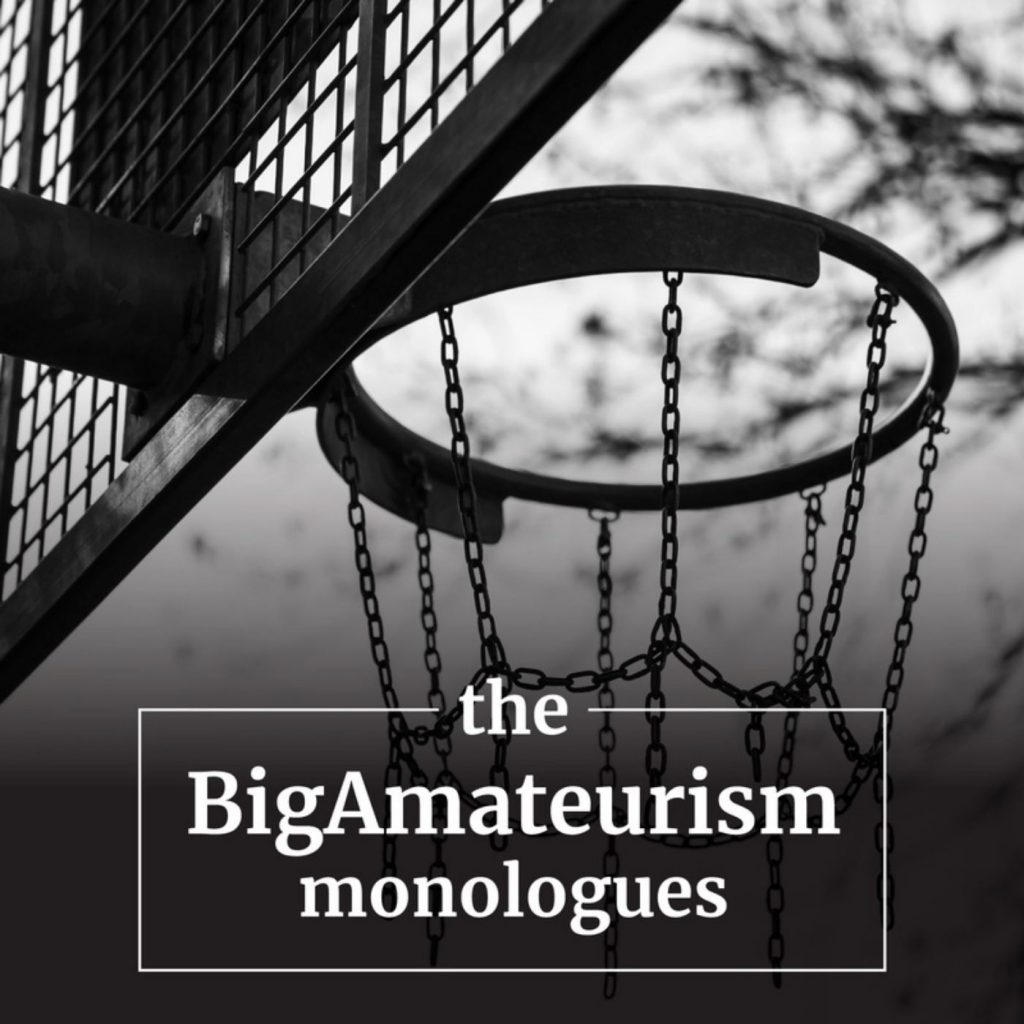Episodes
This episode offers some thoughts on freedom and liberty one year after perhaps the most challenging Independence Day in recent American history. I reflect on my blog post from last year and discuss what has changed in revenue-producing athletes’ quest for equal treatment under the law. Athletes have made historic inroads legally and legislatively. Will this progress result in a meaningful and lasting change in how America views athletes’ rights? I discuss the power of freedom of thought and the many ways that the NCAA and its in-system stakeholder-beneficiaries manipulate public opinion to their advantage. In the wake of the Alston decision and fortuitous name, image, and likeness opportunities, the NCAA and Power 5 appear to be employing their propaganda assets for another run at Congress to achieve federal protections and immunities that may threaten the gains of this historic June/July.
Resources:
“Independence Day” (cagerredux blog July 2nd, 2020)
On June 30th at 4:20 PM, the NCAA issued a press release announcing that NCAA athletes nationwide would be allowed to make money from their name, image, and likeness. While presented as an NCAA Division I Board of Director’s action, Emmert was the featured spokesman. Emmert said, “This is an important day for college athletes since they all are now able to take advantage of name, image, and likeness opportunities.” This “important day” for college athletes arrived despite Emmert, not because of him. The press release suggested NCAA unanimity on its “interim” action. This episode analyzes the NCAA statement and the dysfunctional, incestuous NCAA governance structure that is designed to protect the financial and institutional interests of the Power 5 conferences and the NCAA national office.
Resources:
As the NCAA picks up the pieces of its failed Congressional and legal campaign to achieve the Iron Throne of college sports regulation, Division I legislative bodies scramble to offer “guidance” on name, image, and likeness compensation. The NCAA issued a press release on Monday, June 28th, in which it transferred to individual member institutions control over the application and enforcement of the principle of amateurism in the context of NIL. The NCAA has essentially abandoned its central purpose in college sports regulation: enforcing its collusive national cap on the cost of revenue-producing athlete labor. The NCAA has set the clock back to the first half of the 20th century when college sports was governed through “home rule.” During the “home rule” era, individual schools (and some conferences) defined, applied, and regulated principles of amateurism. The NCAA’s return to home rule is an act of desperation to buy time in the face of its inaction and incompetence on NIL. The NCAA hopes that its self-inflicted chaos will give new energy to protective federal legislation. The NCAA is running out of options, time, and, most importantly, credibility.
Resources:
On June 24th, 2021, just three days after the U.S. Supreme Court’s historic ruling in Alston, federal district court judge Claudia Wilken issued an opinion denying the NCAA’s motion to dismiss a new class-action antitrust lawsuit filed by athletes renewing challenges to the NCAA’s amateurism-based compensation limits on name, image, and likeness. Wilken, who presided over O’Bannon and Alston, adopted a market definition in the rule of reason antitrust analysis that may be more deferential to athletes’ market interests than was the case in prior antitrust cases, which focused primarily on what is best for consumers. This theory was inspired by 9th Circuit Judge Milan Smith’s concurring opinion in Alston. Smith reasoned that subordinating athletes’ interests as laborers to consumers’ interests and preferences undermined the very purpose of antitrust laws and left athletes subject to the whims of consumers. At oral argument on Alston in the U.S. Supreme Court, Justice Barrett raised this “cross-market” issue. In its’ Alston opinion, the Supreme Court suggested this new market framing might be appropriate but declined to analyze or apply it since the parties did not raise the issue. Moreover, in House, the athletes seek substantial money damages in addition to injunctive relief. Under federal antitrust laws, any award of damages is automatically tripled. How will the NCAA respond to this new threat?




